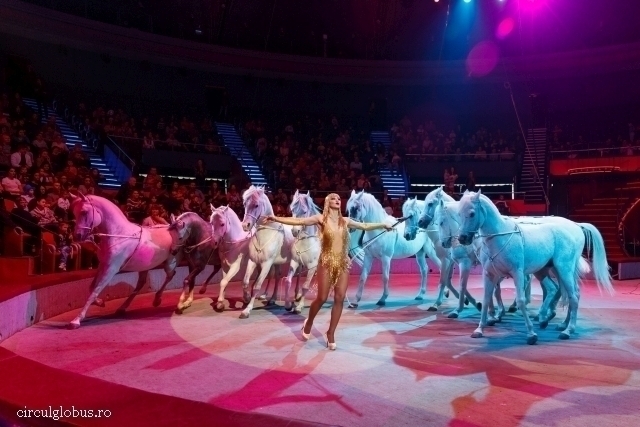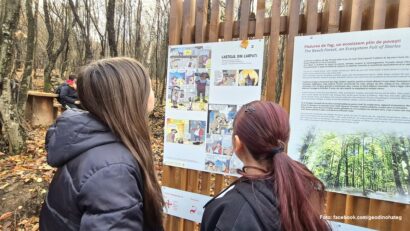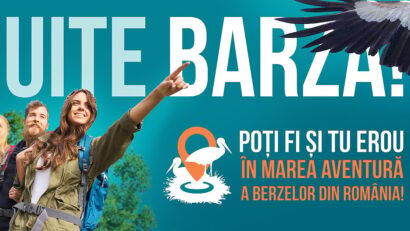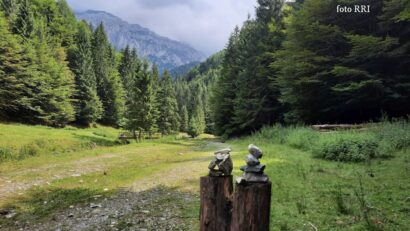Ban on Wild Animal Shows
A fire killed 11 animals in a Bucharest circus, triggering debates on animal acts in circus shows

România Internațional, 24.02.2017, 13:00
Last months incident at the Globus Circus in Bucharest, when 11 animals died in a fire, generated a debate regarding a possible ban on the use of wild animals in circus shows. Some people argue in favour of banning shows where animals are used for entertainment, claiming that such shows are detrimental to animal dignity and welfare, and that animals belong in the wild. Other people however say the shows have an educational component, and banning them will seriously affect the circus industry.
Animal rights organisations in particular have taken a stand on this matter, calling on Romania to join other civilised nations that for years now have stopped using wild animals in circus performances. According to Magor Csibi of World Wild Fund Romania, animals bred in captivity are sentenced to a life of suffering, due to being forced to live in confinement and ill-treated while being tamed. For instance, in the wild a lion has over 400 square kilometres to roam freely, while in confinement this area is reduced to a few square meters.
Magor Csibi: “Given that animals need a place to move about freely, vegetation, and so on, they cannot be kept captive. There are few cases where zoos can cater for these needs, but certainly not a circus. For instance, a tiger cannot be put in the same cage with other tigers, because it can become aggressive and hurt itself. Besides, tigers need lots of water, something that a circus cannot provide. Circus animals spend 94% of their time sitting in cages, while the remaining 6% is spent training for live performances. So it is obvious that these animals hurt most of the time.
No one knows the exact number of wild animals in Romanias circuses, because most of these are traveling circuses. What we know is that these animals come from special farms or from the wild. Magor Csibi says that as long as it is legal to train tigers and make a profit out of it, there will be demand on the market, which is another element that adds up to the pressure already exerted on wild animals:
Magor Csibi: “At present, there are about 2,000 tigers in the wild, but the number of captive tigers is three times bigger. The circus shows also use various species of monkeys. The main threat to these species, apart from deforestation, is that they are subject to trafficking. All these things contribute to the extinction of species. For instance, 6 years ago our team managed to capture a transport of 12 tiger cubs in Thailand. This happens because of the circuses, of the zoos, and of those people who want to have a tiger on their private property. Absolutely all the tiger subspecies are threatened by extinction, and as long as there is demand for tigers on the market, the pressure on these animals will grow.
Animal protection organisations say that the wild animals running and hunting instincts are completely repressed in captivity. Instead, they are forced to do all sorts of tricks that run counter to their nature.
Magor Csibi: “Since felines are instinctively afraid of the fire, a reward system is not enough to motivate them to go through a circle of fire. Wild animals are often forced into submission, in order to be able to overcome their instincts. They are often subjected to physical and other forms of abuse. Children can learn about animals in a different way. Technological development is in full swing, we have very good documentaries and 3D films showing the life of wild animals and soon well have virtual reality systems, in which children who want to see wild animals in their habitats will be able to put a helmet on and watch these animals almost like in real life. If we want to see wild animals, we dont need to see them afflicted in cages. They behave differently when caged, and we dont want to promote the idea that animals at the circus are our friends, that we are safe near them. Because this is not true. You cannot put your head into the mouth of a lion or tiger, neither can you sit next to a bear, because they are wild animals and are not familiar with humans. You will certainly not see a bear riding a bike or a tiger jumping through the fire in the woods. Wild animals dont do these things naturally.
Animal welfare groups are asking for a law that bans the use of wild animals in Romanias circuses. Magor Csibi is back at the microphone:
Magor Csibi: “The General Council of Bucharest amended the regulations of the Globus Circus, which will no longer include animal acts in shows. The General Council is considering another decision, forbidding all circus shows using wild animals in Bucharest. In turn, Romanias Parliament already tabled a bill, in the previous legislature, regarding a ban on these shows on Romanian territory. Amendments have been made to this bill and, with some luck, parliament will vote on this bill by spring. If that does not happen, then well look for MPs willing to submit a new bill in this respect. We will not give up until we see these practices disappear from Romania. There are already 14 EU countries that have totally banned these shows and 19 that have put a partial ban on them.
WWF Romania has initiated an online petition against the use of animals in circuses, which so far has been signed by more than 30,000 people. Globus Circus in Bucharest held the last show featuring wild animals on February 18th.






























